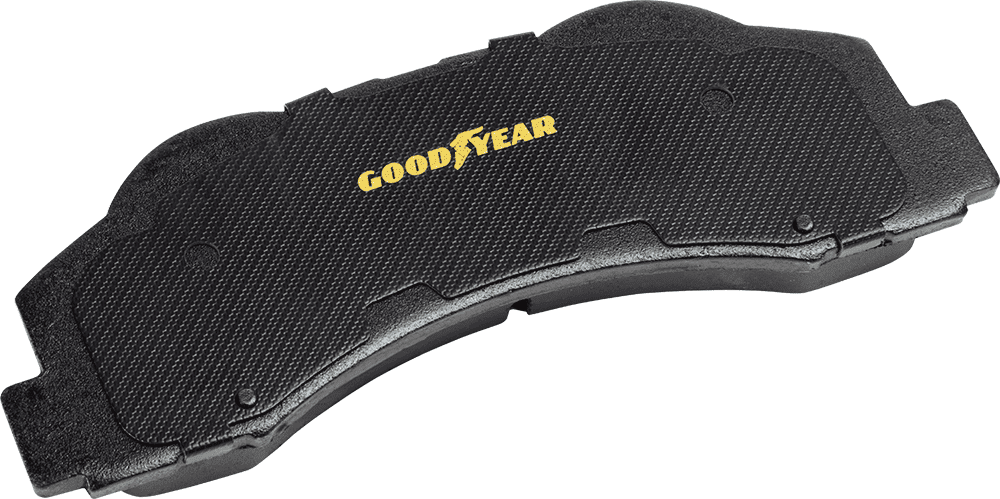Because automotive companies design and manufacture brake calipers to last the life of a car or truck, most people haven’t experienced a brake caliper failure. As a result, they aren’t familiar with the symptoms of caliper failure, which can range from subtle to obvious.
Many drivers aren’t aware that brake calipers can fail to operate under typical driving conditions outside an accident.
Why Brake Calipers Fail
Winter Conditions
This type of failure is more likely to happen during harsh winter conditions when salt or other materials are used to combat ice and snow on the roads. Cold temperatures can cause seals to become stiff and brittle. Poorly functioning seals allow salt, water, and other contaminants to invade the area around the brake piston seals, resulting in rusted pistons.
Rust and corrosion can stop the caliper pistons from working correctly. If the caliper piston fails to retract when the brake pedal is released, the brake pad will continue to rub against the brake rotor. The driver might not notice the extra drag on the rotor because the vehicle won’t pull to that side, the driver won’t hear any noise, and the car or truck will still stop.
However, when the piston stops retracting, the pad will quickly deteriorate. The driver may not notice the problem until the wear tab on the pad starts hitting the rotor, causing a loud squealing or grinding noise. When a driver hears this noise, it’s time to have the brake pads checked. When the shop or the owner checks the pads, they’ll see the caliper has failed.
If the caliper fails to extend and clamp the pad against the rotor, it causes the vehicle to pull away from the failed caliper. The other caliper is slowing or stopping the vehicle in this situation, but the wheel and tire with the failed caliper continue to roll. The unexpected pull should alert the driver to check the braking system.
If the failure is on a rear caliper, the vehicle may not pull, so the driver may not notice it for some time. For vehicles with four-wheel disc brake systems, caliper failure can occur on any of the wheels. This is why regular brake system maintenance is necessary.
Extreme Conditions
In extreme conditions, the caliper can clamp the pads against the rotor, then not release them. This causes intense heat to build up, and the rotor may smoke and boil the brake fluid. The clamping force can be strong enough to slow the vehicle even when moving under power. If the stuck caliper is on only one side, the vehicle will pull to that side.
All vehicles should undergo regular maintenance, including brake system checks to avoid these situations.
About Goodyear Brakes
Goodyear Brakes manufactures premium quality brake bundles, calipers, rotors, brake pads and all the hardware required to successfully install brakes, all backed by a national warranty, decades of production experience and one of the best-known names in automotive excellence. The brake pads are manufactured in the USA using a proprietary green production process by a company with more than 50 years of experience in friction science. The Goodyear Brakes product line is available through Goodyear Brakes at Amazon, CarID, Buy Brakes and AutoAnything.
Goodyear (and Winged Foot Design) and Blimp Design are trademarks of The Goodyear Tire & Rubber Company used under license by FDP Virginia Inc., 1076 Airport Road, Tappahannock, VA 22560, USA. Copyright 2020 The Goodyear Tire & Rubber Company. Goodyear Brakes and FDP Virginia are not responsible for its products when they are subjected to improper applications, installation, or accident.
Blogs
Winter Is Coming: Watch Out for Moisture in Your Brake Fluid
Test for Contamination and Flush Out That Nasty Old Fluid to Protect Your Brake System You may keep a careful watch on the wear of
What Are the Signs That It’s Time to Change Your Brakes?
How do you know when to change your brakes? A general rule of thumb is to replace your brake pads every 35,000 miles — but
How To Know When Brake Calipers Need Changing
Resources Because automotive companies design and manufacture brake calipers to last the life of a car or truck, most people haven’t experienced a brake caliper




